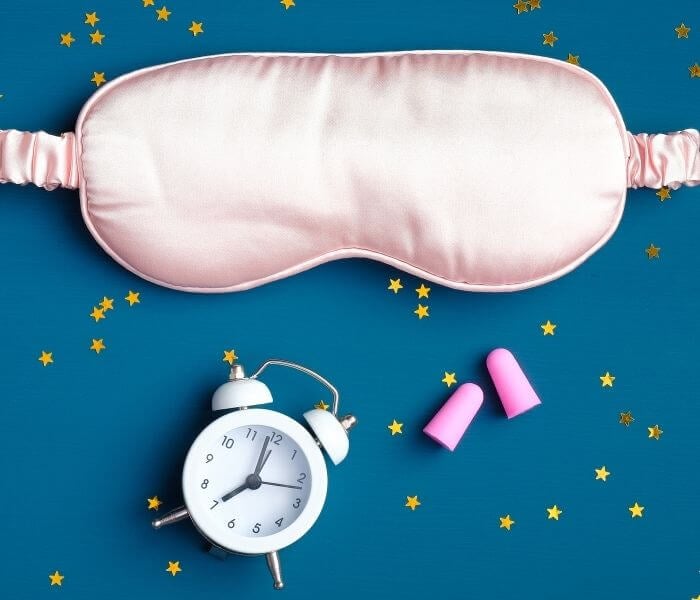4 mins read
The relationship between ADHD in women and hormones

Improving outcomes for women with ADHD starts with a better understanding of the relationship between ADHD and hormones.
In this blog, we explore ADHD in women and why hormone changes can magnify symptoms at certain points in your menstrual cycle.
What is ADHD?
ADHD stands for attention deficit hyperactive disorder. It’s a form of neurodiversity that sits alongside autism, dyslexia and dyspraxia.
ADHD is fundamentally a problem with regulating dopamine – the chemical that controls your ability to pay attention, problem-solve, plan and regulate emotions.
The condition presents differently in each individual but it can be roughly categorised into three groups:
- Predominantly hyperactive or impulsive
- Predominantly inattentive
- Combined
ADHD is underdiagnosed in women
ADHD is under researched – leading to a lack of awareness, understanding and education. This is particularly true for ADHD in women and girls.
ADHD was long thought to be a disorder that predominantly impacted young boys. This is because men are more likely to have the more overt hyperactive-type ADHD, whereas women are more likely to have inattentive-type.
So, young boys who’re loud and disruptive are more likely to be noticed and diagnosed at an earlier age, whereas young girls struggling to regulate their attention may go undetected until much later in life, if at all.
Other diagnoses can also mimic ADHD in women
Because ADHD symptoms in women are often less noticeable they can be diagnosed as, or masked by, other conditions. For example, depression, anxiety or polycystic ovary syndrome (PCOS) are all conditions that can mimic the symptoms of inattentive-type ADHD.
What is the relationship between ADHD and hormones?
ADHD symptoms have a strong relationship with the female sex hormone, oestrogen. This is because oestrogen stimulates dopamine and serotonin receptors in the brain. So, as oestrogen levels rise and fall throughout the menstrual cycle, they impact the severity of ADHD symptoms.
For many women with ADHD, their symptoms remain relatively stable during the first half of their cycle when oestrogen levels are rising (known as the follicular phase). However, their ADHD symptoms are likely to intensify during the luteal phase – when oestrogen levels decline after ovulation.
ADHD, PMS & PMDD:
For the majority of women, the drop in hormone levels in the final days of their cycle cause physical and emotional symptoms known as premenstrual syndrome or PMS.
PMS impacts people differently, with some experiencing an extreme form of PMS known as PMDD – or premenstrual dysmorphic disorder. There’s no test to diagnose PMDD but it refers to symptoms that severely impact people during their premenstrual phase, stopping them from going about their normal lives.
Although both PMS and PMDD are usually thought of in terms of physical symptoms – mood, focus and mental energy are also impacted by changing hormone levels. This is particularly true for women with ADHD, who may already struggle with these elements of their mental wellbeing.
Research has shown that women with ADHD are much more likely to experience PMDD (45.5%) compared to the general population (28.7%). This finding suggests that ADHD symptoms in women are magnified by hormone fluctuations during the luteal phase – adding to their existing challenges regulating dopamine.
ADHD & Postpartum Depression:
When oestrogen levels drop after pregnancy, women with ADHD are more likely to suffer from postpartum depression (PPD). Research has shown that an estimated 57.6% of women with ADHD suffer from PPD whereas just 14-20% of the general population do.
The transition into new parenthood is a difficult time for most people – but those with ADHD are more easily overwhelmed by competing responsibilities and multitasking. This, combined with a drastic drop in oestrogen, puts women with ADHD in a vulnerable position when it comes to PPD.
It’s important to ensure you have a strong support system around you, as well as the medication and professional support you need during this transition.
ADHD & Menopause:
During perimenopause and menopause, as the ovaries gradually slow down their production of oestrogen – most women experience both physical and emotional changes.
It’s thought that women with ADHD can suffer more severely with the transition into menopause. The Greene Climacteric Scale (GCS) measures the symptoms of menopause, with a maximum score of 63 for the most severe impact. Research found that the general population had an average score of 15.8 on the GCS, whereas women with ADHD were consistently scoring 50+.
This is likely because when women with ADHD enter menopause, the loss of oestrogen further reduces their dopamine regulation – exacerbating ADHD challenges such as mood swings, executive function, decision-making and self-worth.
If you think you may be showing signs of ADHD, don’t hesitate to reach out to your doctor. It can be useful to keep track of your symptoms and how they impact your life – particularly over the course of your menstrual cycle.
Author: Eleanor Riches, Women’s+ Health Writer.
This information has been medically reviewed by Dr Thom Phillips
Thom works in NHS general practice and has a decade of experience working in both male and female elite sport. He has a background in exercise physiology and has published research into fatigue biomarkers.

Dr Thom Phillips
Head of Clinical Services
Related articles
Like this article? Here are some more based on similar topics.



